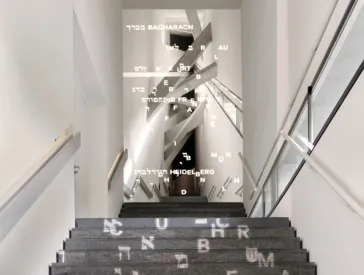Entries on the Exhibition “Welcome to Jerusalem”
The exhibition Welcome to Jerusalem was on display from 11 December 2017 to 1 May 2019. To accompany the exhibition, we conducted interviews with our guides and curators, and spoke with visitors.
-
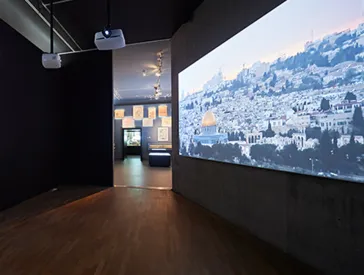
Intense Encounters in “Jerusalem”
How school children react to the tour through the exhibition Welcome to Jerusalem. A conversation with Marc Wrasse
Interview
2019 -
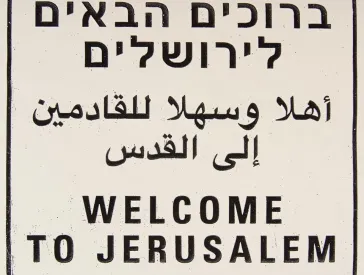
Jerusalem for All the Senses
A report from the visit of a guided tour for visitors with blindness or limited vision through the exhibition Welcome to Jerusalem by Gerald Pirner
Report
2019 -
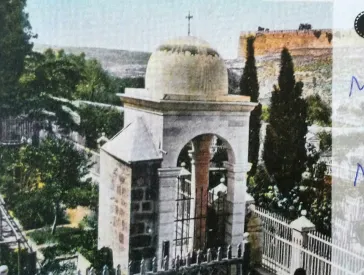
“Whatever you want to see – you come to Jerusalem, and you can find it there.”
Florian Schmelling has captured comments from visitors to our Jerusalem Exhibition.
Interview
2018 -
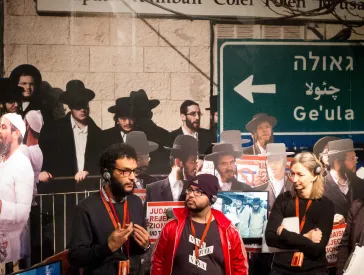
How about more tolerance for ambiguity?
Mohamed Ibrahim and Shemi Shabat talk about their tandem guided tour Jerusalem in Dialogue
Interview
2018 -
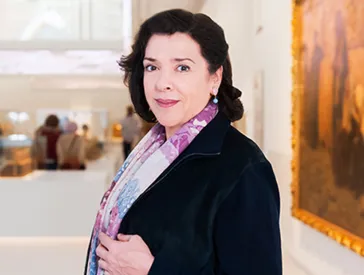
“We’re no longer guests, we belong.”
Elena Bashkirova, director of the chamber music “festival intonations,” took a tour of the exhibition then spoke with us about the “holy city.”
Interview
2018 -
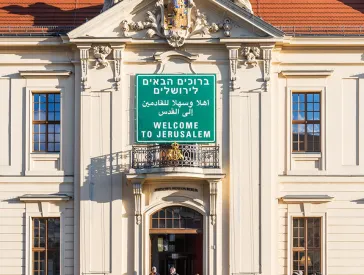
Neither King David nor Cilly Kugelmann can solve this problem
About the difficulties the organizers of the Welcome to Jerusalem exhibition encountered doing justice to the ideal of justice, writes Walid Abd El Gawad
Essay
2018 -

The Big Clean-Up
Dana Akrish writes about passover in Jerusalem
Essay
2018 -
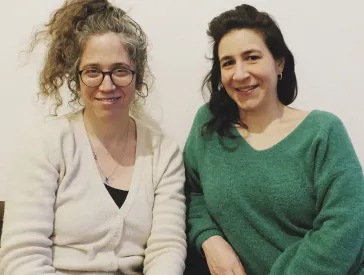
“Jerusalem is like a former boyfriend”
Interview with filmmaker Dalia Castel and actress Orit Nahmias about Jerusalem. They both grew up there
Interview
2018 -
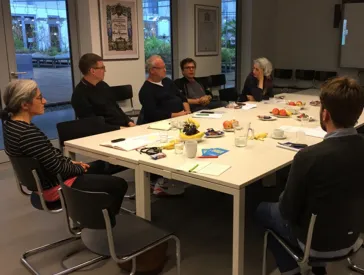
Schools in Hannover, a Jerusalem Hotel, and the Search for their Connection
Rosa Fava writes about a conference on anti-Semitism-critical adult education
Report
2018
